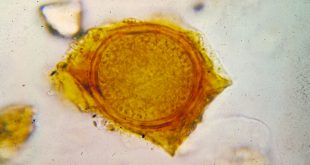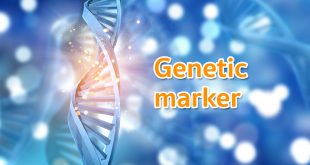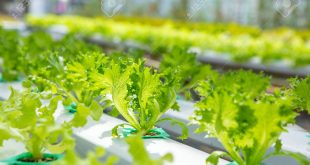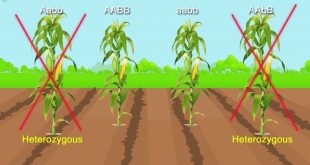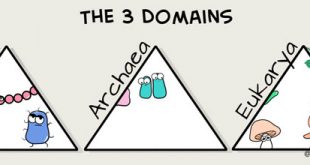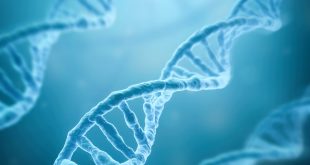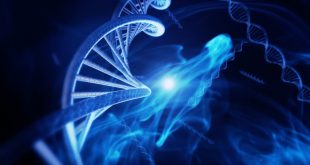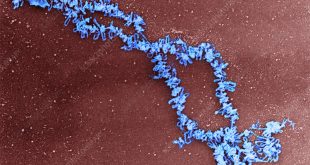Article author: Shawon Gosh Payell Synchytrium endobioticum is one of the chytrid fungi which causes black scab or the wart disease of potato. Though potato is the only cultivated host but Some other plants of the genus Solanum are also infected by it. According to Karling (1964), it has a …
Read More »DNA Barcoding: Transforming Species Identification
DNA Barcoding DNA barcoding is a method of species identification using a short section of DNA from a specific gene or genes. Everyone is familiar with industrial barcodes as unique identifiers for commercial products. Similar to these industrial barcodes, short gene segments – known as DNA barcodes – are unique …
Read More »Genetic Markers: Key Tools in Modern Genomics
What is “A Marker”? A marker may be defined as a “Mark of identification”. In Biology three major types of markers are used: Morphological markers (also called “classical” or “visible” markers) which are phenotypic traits. Biochemical markers- called isozymes-are multiple forms of enzymes, including allelic variants of enzymes. A genetic …
Read More »Types & Procedures of Selection Process (Part-2)
Plant breeding is defined as identifying and selecting desirable traits in plants and combining this into one individual plant. Since 1900, Mendel’s laws of genetics provided the scientific basis for plant breeding. Selection is the most ancient and basic procedure in plant breeding. Selection procedures used in plant breeding have …
Read More »Types & Procedures of Selection Process (Part-1)
Plant improvement must have been started with the primitive man changing his mode of life from a nomad to an agriculturist. To have a crop in the next season, he had obtained seeds from the first crop. For this, unconsciously the process of selection is practiced for a long time …
Read More »Classification of Life: The Three Domain Concept
A domain is the highest taxonomic level of species in biology. In 1977, Woese and his coworkers developed the groundbreaking three-domain system. They proposed this classification based on differences in the sequences of nucleotides in the cell’s ribosomal RNAs (known as 16S rRNA). They created the first worldwide tree of …
Read More »Cytoplasmic Inheritance: Transfer of Genetic Characters by Means of Autonomous Organelles
The genes of nuclear chromosome have a significant and key role in the inheritance of almost all traits from generations to generations,but altogether they cannot be considered as the sole vehicle of inheritance because certain experimental evidences suggest the occurance of certain extranuclear genes or DNA molecules in the cytoplasm …
Read More »The Structure Of DNA and RNA
One of the features of the ‘genetic molecule’ would have to be the ability to carry instructions – a sort of blueprint – for the construction and behavior of cells and the way in which they grow together to form a complete living organism. Another would be the ability to …
Read More »Plant Introduction and Acclimatization: History, Organizations & Procedure
Table of Content SL No. Topic Name 01 History & Organization 02 Functions Of Plant Introduction Agencies 03 Procedure History and Organization Crop plants have travelled into many new areas from their centers of origin. This movement of plants occurred with the movement of man. Most of these introductions occurred very …
Read More »Variation in Chromosome Types: The Lampbrush Chromosome
If we observe the nucleus of each cell, we’ll find that the DNA molecule in it is packaged into thread-like structures. These are called chromosomes that carry hereditary information for everything, i.e., height to eye color. These chromosomes are made up of DNA that is tightly coiled many times around …
Read More » Plantlet The Blogging Platform of Department of Botany, University of Dhaka
Plantlet The Blogging Platform of Department of Botany, University of Dhaka
